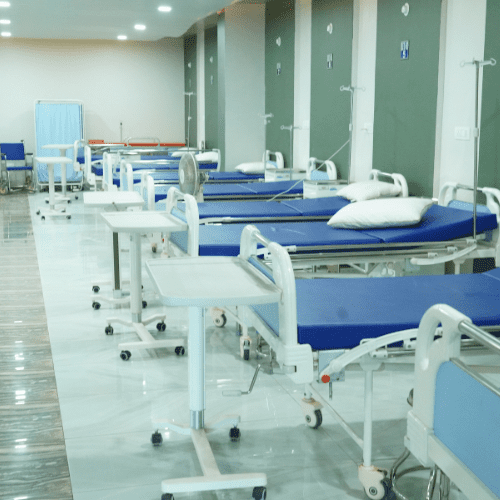Health outcomes across the United States can vary dramatically from one state to another, influenced by a complex web of factors including socioeconomic status, access to healthcare, and regional infrastructure. These disparities can lead to significant differences in life expectancy, prevalence of chronic diseases, and overall quality of life. Understanding these cross-state disparities is crucial for policymakers, healthcare providers, and the general public in order to identify areas of need and drive equitable health initiatives.
Understanding Health Outcome Disparities Across States
Health outcomes can be assessed through various metrics, such as infant mortality rates, prevalence of chronic diseases, and life expectancy. These metrics often reveal stark contrasts between states. For instance, states like Massachusetts frequently report higher life expectancy and lower rates of preventable diseases, while others, particularly in the southern U.S., show alarming statistics of high obesity rates and chronic conditions. The interplay of education, income, and healthcare access contributes significantly to these outcomes, creating a patchwork of health across the nation.
Demographics play a critical role in understanding these disparities. States with large populations of marginalized communities often experience worse health outcomes due to systemic inequities. For example, areas with high levels of poverty may lack access to nutritious food, quality education, and preventative healthcare services, leading to a cycle of ill health. Moreover, states with higher rates of uninsured individuals tend to have poorer overall health metrics, illustrating the direct correlation between insurance coverage and health outcomes.
Finally, understanding the social determinants of health, including housing stability, employment opportunities, and community resources, is essential for addressing these disparities. For instance, a state that invests in education and social services is likely to see better health outcomes across its population. Recognizing these factors helps illuminate the root causes of health disparities and lays the groundwork for effective interventions.
The Impact of Infrastructure on State Health Inequities
Infrastructure significantly influences public health, particularly in how it affects access to healthcare services. States with well-developed transportation systems enable residents to reach hospitals and clinics more easily, reducing the barriers to receiving timely medical care. Conversely, rural areas with limited public transport may leave residents stranded without essential healthcare access, exacerbating health inequities. This disparity highlights the importance of investing in transportation and community infrastructure to promote health equity.
Healthcare infrastructure, including the availability of hospitals, clinics, and specialized services, also varies widely between states. Urban areas typically have more healthcare facilities and specialists compared to rural regions, resulting in unequal access to care. For instance, patients in states with fewer urban centers may be forced to travel long distances for specialized care, which can delay diagnosis and treatment. This can lead to poorer health outcomes, particularly for individuals with chronic illnesses who require ongoing treatment.
Moreover, the impact of environmental infrastructure cannot be overlooked. States with robust public health policies surrounding clean air, water quality, and waste management tend to experience better health outcomes. Communities that lack access to clean water or face pollution challenges are more vulnerable to health issues. Thus, investing in both physical and environmental infrastructure is critical for improving public health and reducing disparities across states.
Addressing cross-state disparities in health outcomes and infrastructure requires a multifaceted approach that includes understanding the underlying factors contributing to these inequities. By investing in healthcare access, transportation, and environmental protections, states can work towards closing the gap in health outcomes. Ultimately, a commitment to equitable health infrastructure is essential for ensuring that all individuals, regardless of where they live, have the opportunity to lead healthier lives. Collaborative efforts between states, communities, and healthcare providers will be vital in creating a more equitable health landscape across the nation.




